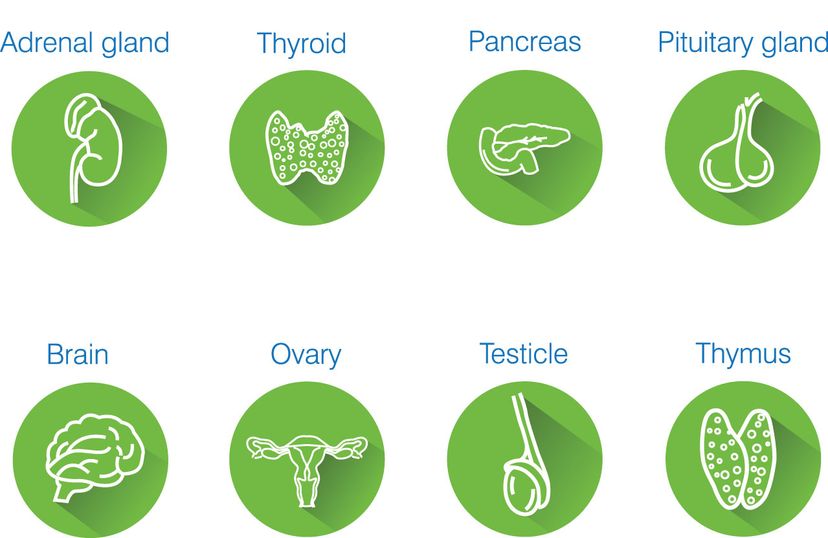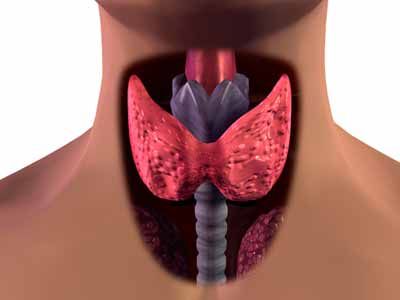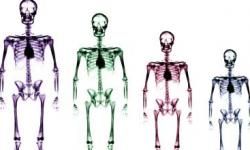
The endocrine system comprises a number of glands that produce hormones with a varied array of vital functions. Hormones are chemical substances that are secreted by organs or by cells of organs in one part of the body and are carried by the bloodstream to other organs or tissues, where they control or regulate the development or function of those structures.
Endocrine glands are also called ductless glands, because they secrete hormones directly into the bloodstream. In contrast, exocrine glands release their secretions through ducts (for example, the sweat glands produce fluid that flows to the skin's surface through tiny tubelike sweat ducts).
Advertisement
Hormones can be considered chemical messengers. They are targeted at specific cells in the body, and their arrival in those cells causes specific activities to occur.
One of the major tasks of hormones is to coordinate the activities of organ systems. For example, when a person has to run, the hormone epinephrine acts on the heart to increase its rate and force of contraction; it acts on the blood vessels to increase blood flow to the muscles and decrease blood flow to the gastrointestinal tract. Hormones also help control the type and rate of body growth and metabolism, and they help the body maintain a consistent internal environment.
The endocrine system has a large influence on the way we feel and act. In turn, our energy and other needs in any given situation set the activity of the endocrine system. This feedback relationship is crucial in maintaining our general well-being.
Advertisement

